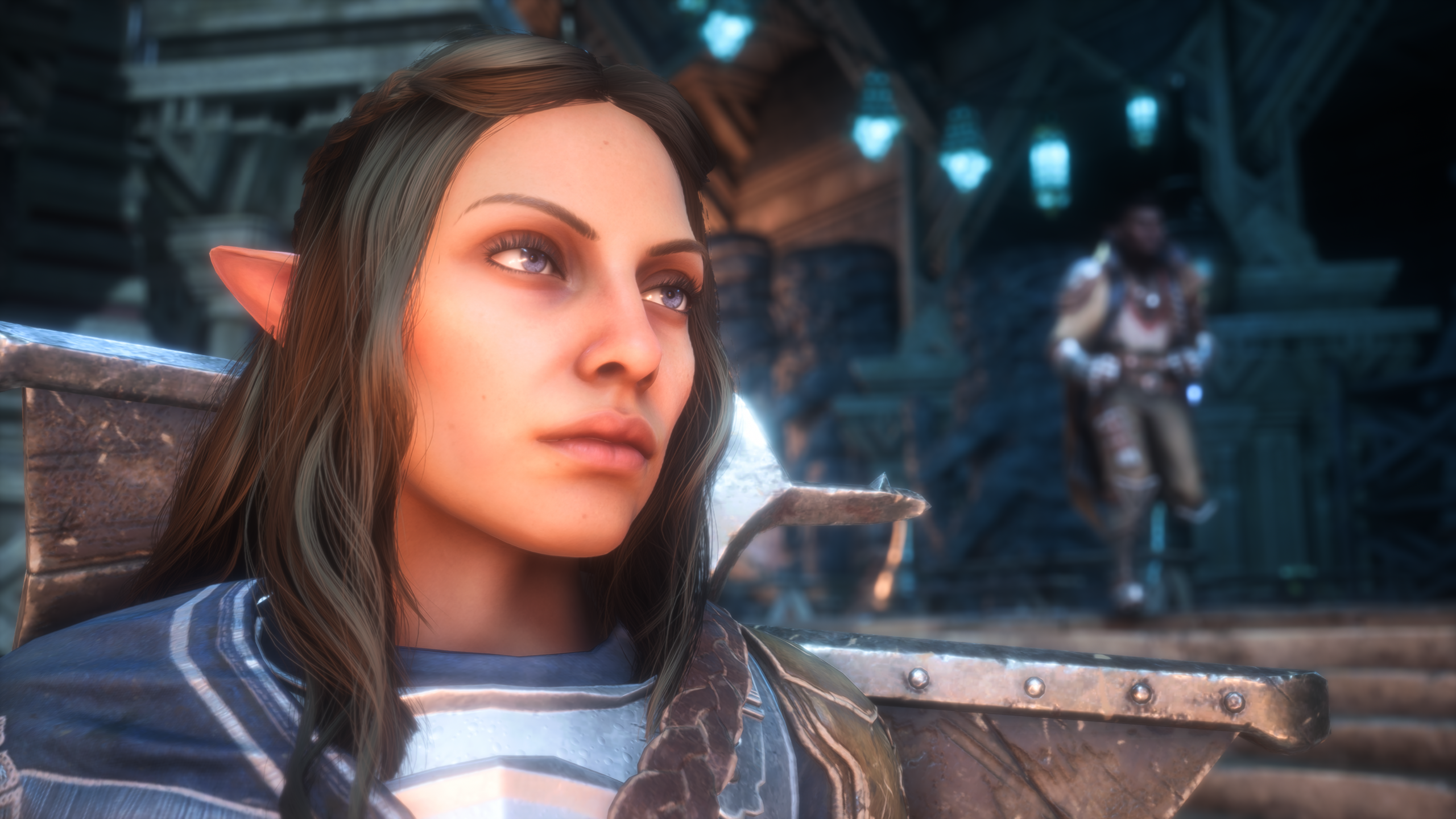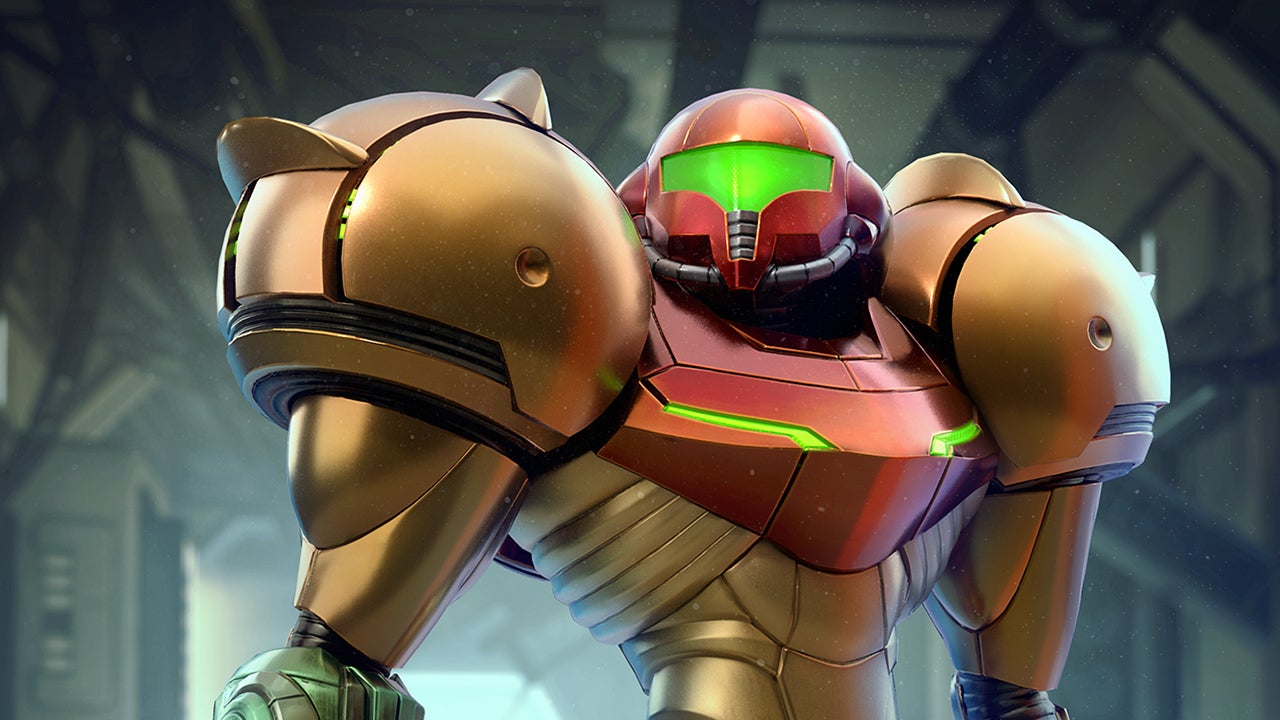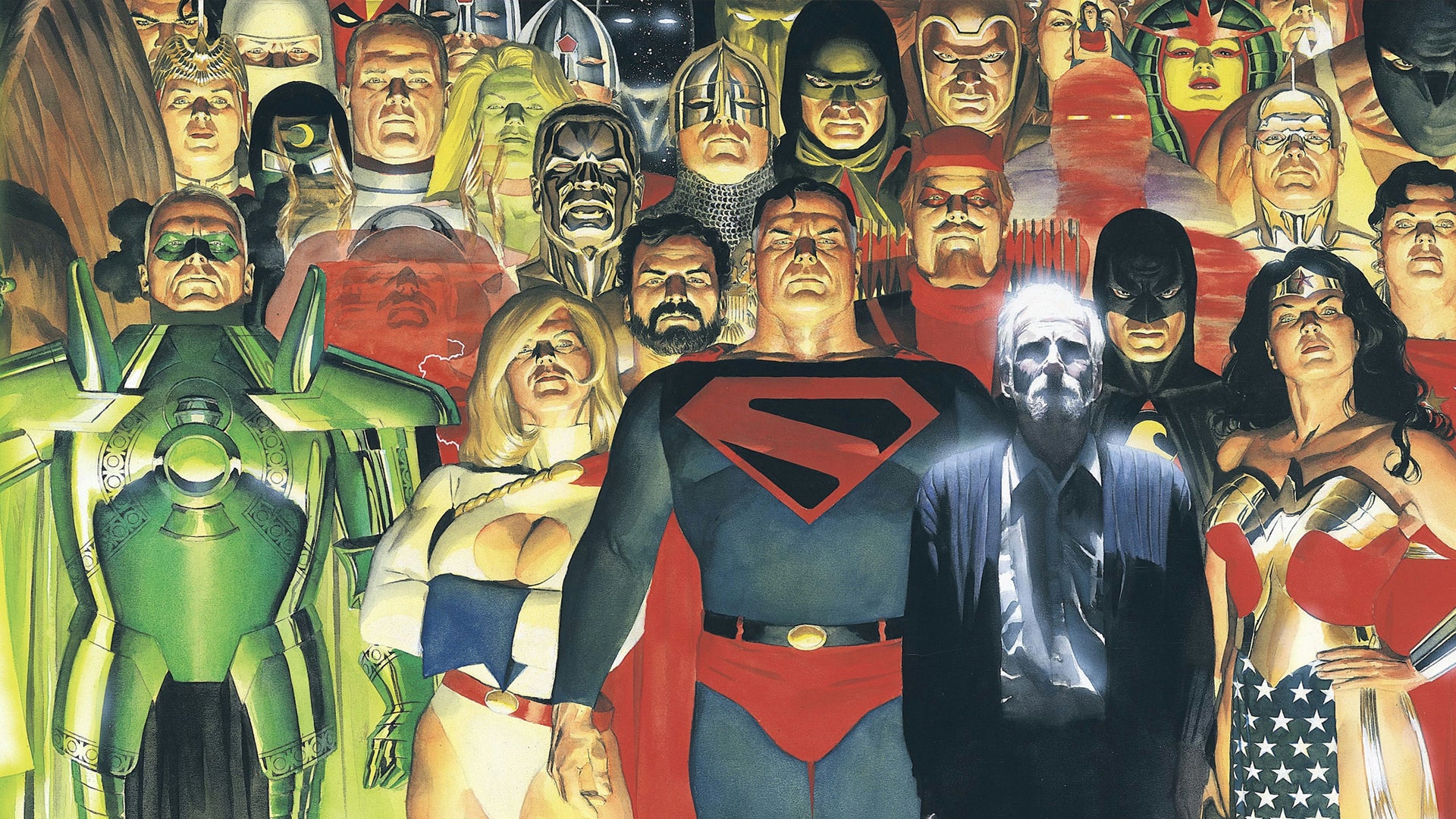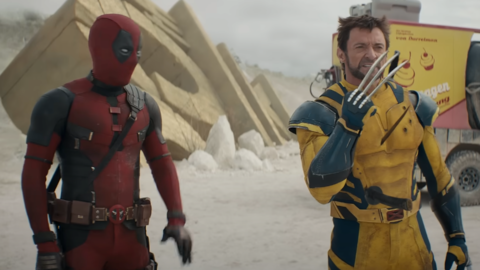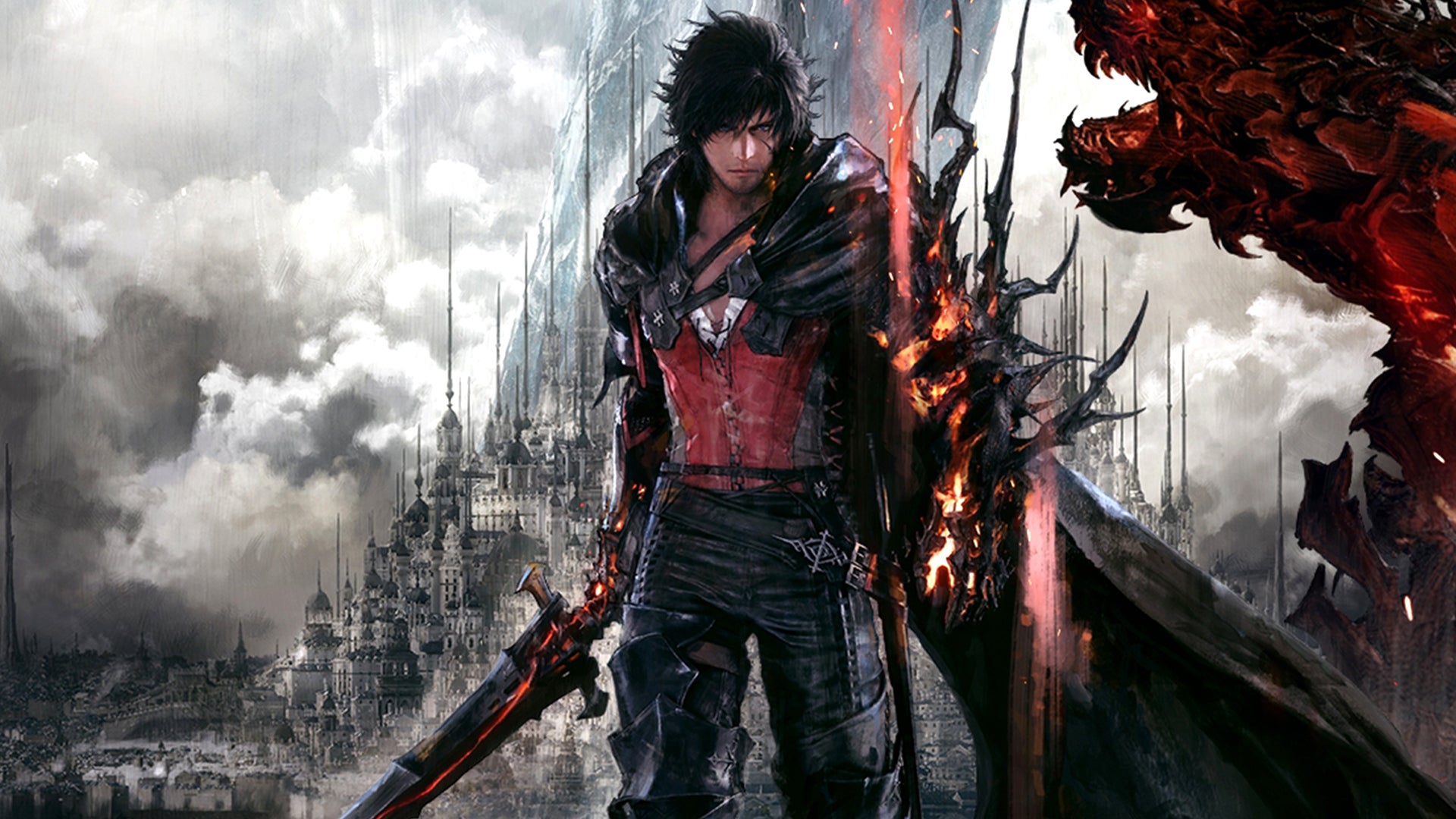Listen up chooms, Cyberpunk is back in analog form for a second run. I previously wrote about Cyberpunk Red: Combat Zone, an excellent miniatures game where gangs of plastic figures meet in the streets to spill imaginary blood. The new hardware I’m shouting about is Cyberpunk 2077: Gangs of Night City. Yes, more gangs and more blood, but this time it’s a proper board game where factions vie for turf and street cred. It’s less about violence, although there is still some of that, and more about strategically spreading your forces to occupy territory, complete jobs, and establish dominance.
This new game comes from board game giant CMON Games, publisher of hit titles such as Zombicide (on our list of best board games for teens), Blood Rage, and Dune: War for Arrakis. While Cyberpunk 2077: Gangs of Night City appears shiny and new, its foundation is an iteration on the underrated 2017 title Godfather: Corleone’s Empire. While the biological tissue shares some DNA, the many additions and tweaks layered atop function as jacked-up cybernetics that give this bad-boy a whole new visage.
Cyberpunk 2077: Gangs of Night City is a very fast and sleek affair. On each player’s turn they perform up to two actions by moving a token on their playerboard from its state of ready to spent. These map directly to specific actions, so if you want to build another hideout on the map or upgrade your combat deck with new weapon tech, you need to spend the appropriate token. In addition to futzing around with infrastructure, you will mostly be activating your units and moving them about to secure territory. The three unit types all perform different functions and support alternate strategic paths. Solos push people out of important spaces and start fights. Techies purchase Edgerunner mercenaries to supplement your forces, as well as complete Opportunities–elicit jobs–for points. Lastly, Netrunners jack into the network which is a straightforward mini-game where moving down a track comes with risk and escalating rewards.
The juice in the action system is in when you decide to recall and reset your action discs. This effectively passes your turn, but it’s the primary way you exploit territory and recruit new figures. This step is necessary, however, as if you’ve already performed a particular action that you want to perform again–such as activating Solos or upgrading your combat deck–you will not be able to again until you reclaim your action tokens. The tempo control here is important, as players dictate the pace and aggression of play depending on how often they reset. It’s a fascinating strategic decision that pulls in several directions and offers various tactical considerations.

While anyone with even a minor amount of experience with strategy board games will readily understand this game’s processes, there is a somewhat tricky learning curve. This is due to the difficulty in parsing the unit types and their associated behavior. Each figure type is denoted by the shape of its base. This isn’t difficult, but it can be confusing to pair the unit types with the action discs and the connected Points of Interest on the map. These POIs are special sub-spaces within each district on the board. Gangs will control these positions with a figure, and they function as either a requirement to purchase an Edgerunner and complete an Opportunity, or they provide bonus resources when you netrun. This confounds new players as they struggle to keep these details straight. After a play or two these quirks will be internalized, but this idiosyncratic triangulation of symbology feels a little inelegant in an otherwise smooth design.
Everything else feels well polished. Most systems are simple yet unrestrained. Upgrading your combat cards for instance has you plucking two from the deck and choosing one to keep. When you add to your deck you remove an existing card, permanently keeping your hand of combat cards at four. This results in upgrades feeling potent as they cycle relatively quickly and see continual use.

Combat likewise is fast and brutal. Each player in the area selects one card secretly and then everyone reveals simultaneously. The player with the highest strength card wins the combat, with every other player forced to lose a figure from the area. More importantly, cards trigger scoring benefits, even for the losers. This combination of simple efficiency management with a brutal and uncaring edge is the design philosophy at large. The game, much like Night City itself, is unflinching and uncaring. A bad roll netrunning and your hackers short out and end up cold on the slab. A miscalculation in combat and you lose a key space. Combat itself is almost entirely dependent on your technology and not on the meatbags present in the space. It’s a hard world and you can’t afford to be soft.
Almost everything present is concise and not overwrought. While this is an advantage to keeping the pace of play lively even at a max player count, it’s a detriment when it comes to the fiction. It does feel as though you are commanding gangers and sowing some chaos, but the narrative threads are relatively thin. Those expecting an adventure comparable to the Cyberpunk 2077 video game will be disappointed.
The setting here mostly functions as graphic design and a background presence. Opportunities suffer the most, as these jobs of stealing contraband and performing sanctioned hits are described with vibrant titles and brief story snippets, but the fiction is irrelevant and everyone quickly learns to bypass those surface elements and just worry about the mechanical implications. It never feels as though you’re pulling off heists or wild contracts, rather, you’re just grabbing another card in a simple game of set collection.

To the design team’s credit, they sought to address this failing. One of the most interesting aspects of Cyberpunk 2077: Gangs of Night City is the story system. These are narrative scenarios that lay atop the existing game, providing new rules and entire sub-systems to engage. Often, they provide additional ways to earn victory points or unique rewards. They also feature branching story elements, allowing the scenario to veer off in one of two directions.
The story system injects a much needed element of fiction into the game and frames the action around a prescribed narrative. Like the other mechanisms, they’re not intensely detailed, so you’re not reading lengthy paragraphs. Instead, cards offer a couple sentences of context. The achievement here is in how they connect surprise and drama into the mechanical framework of the game. This system is fantastic, marred perhaps slightly by the fact that they often present situations that randomly favor certain gangs. Each gang possesses an asymmetric ability which typically pushes them towards one or two strategic pathways in the game, and sometimes these story events can inhibit or outright neuter one of those pursuits. It can be frustrating, but the unpredictability of the narrative and how it influences the game is well worth the cost.

There is also a nagging concern that some may hop into this game and then become dissuaded when they realize there is a truckload of additional content, with the majority being exclusive to the previous crowdfunding campaign and unavailable at retail. The base game is substantial and a compelling strategy game that feels complete, but there’s no shaking the agony that afflicts some consumers when they realize they can’t get all of the extra expansions that were previously available.
Cyberpunk 2077: Gangs of Night City isn’t quite the augmented behemoth that several of CMON’s best titles are, but it is a very interesting game with several qualities that are stimulating. Its greatest assets will be teased out by those familiar with the intellectual property, but the sturdy mechanical foundation certainly doesn’t hurt. There is a solid chance this ends up as one of the publisher’s most underrated titles, not garnering the respect it deserves, and that would be a shame.

